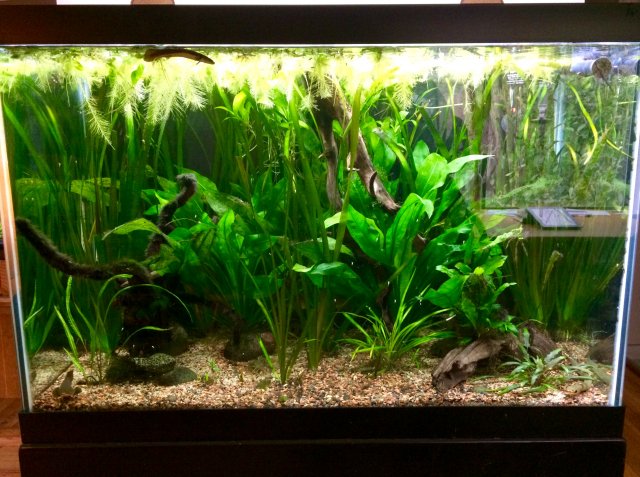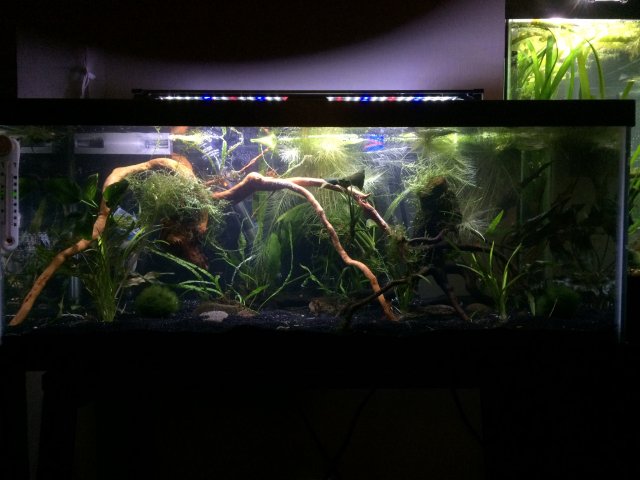I bought mine either on Amazon or eBay.Never seen that here
Well, "stem plant" and "carpet" are terms that we use in the planted tank hobby to refer to specific things. Stem plants are plants like Ludwigia, Hygrophila, Rotala, etc. that can be propagated by cutting the tops off and replanting them. Then there are rosette plants like Cryptocoryne and amazon swords, which usually propagate via runners. And then there's the rhizomatous plants like Bolbitis, Java fern, and Anubias that propagate by splitting the rhizome. It's just useful to know which category your plants fall into.Nor is any plant a carpet, if you get my drift.
Edit: I also left out bulbs, mosses, and floating plants, but you get the idea.




